The Bird Family with an Attitude: The Corvids
Editor’s note: This is a reprint of the original article published by Ann Bonnell, June 1st, 2011. Rest in peace, Ann, we will never forget you or the expertise in bird life that you were so fond of sharing.
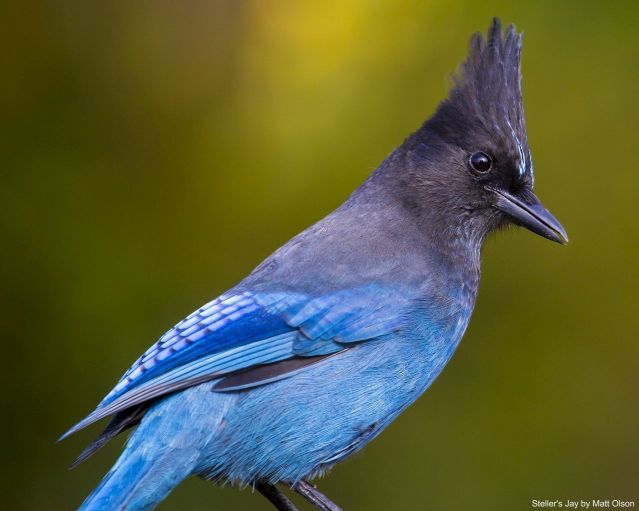
— Steller’s Jay, photo by Matthew Olson
The Corvids are probably the most notable family of birds with an attitude. They are loud, pushy and act like they are the boss, running off other bird species and often eating other birds’ eggs and hatchlings. The Corvids found in our area include Common Raven, American Crow, Western Scrub-Jay, Pinyon Jay, Blue Jay, Steller’s Jay, Gray Jay, Clark’s Nutcracker and Black-billed Magpie. Read more

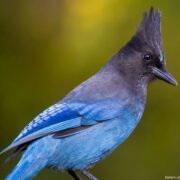
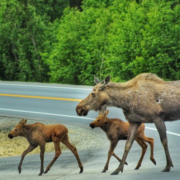
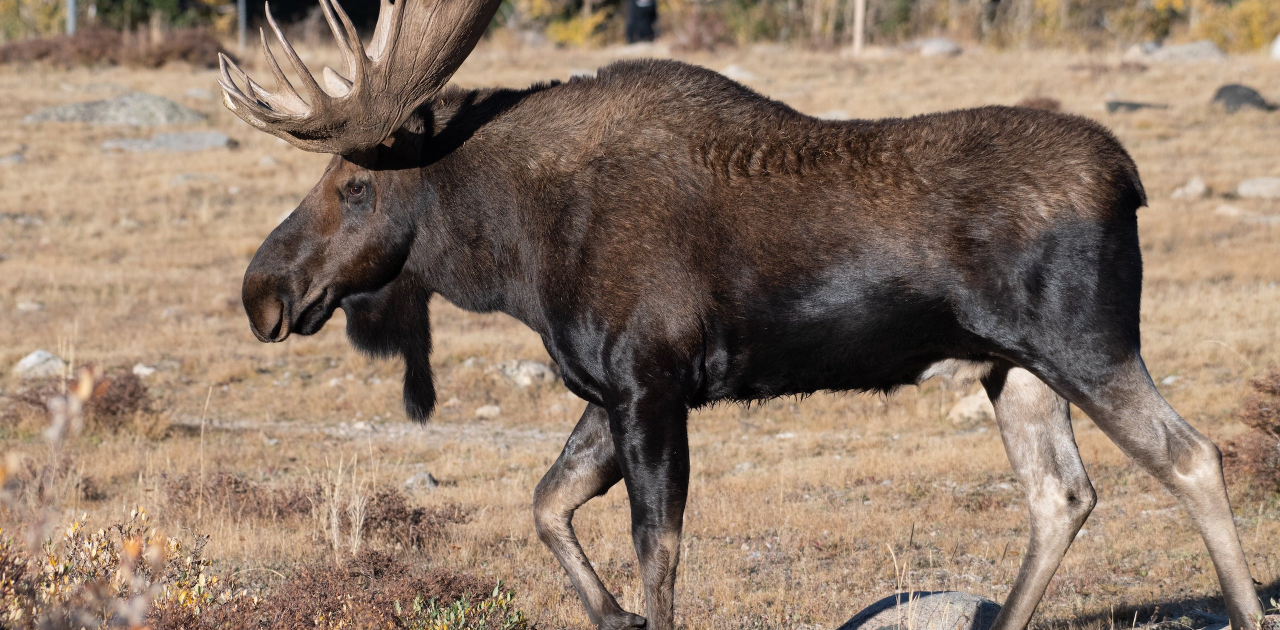 Have you seen a moose in our Open Space parks yet? If you haven’t, you may soon. Moose, which was a rarity in Colorado only 50 years ago, are now routinely sighted in Clear Creek and Jefferson Counties since their introduction in 1978 — transplants from Utah and Wyoming. The transplants have delighted in their new home state. According to biologists from Colorado Parks & Wildlife, there are an estimated 3500 moose roaming the Rockies between Red Feather Lakes and Pagosa Springs.
Have you seen a moose in our Open Space parks yet? If you haven’t, you may soon. Moose, which was a rarity in Colorado only 50 years ago, are now routinely sighted in Clear Creek and Jefferson Counties since their introduction in 1978 — transplants from Utah and Wyoming. The transplants have delighted in their new home state. According to biologists from Colorado Parks & Wildlife, there are an estimated 3500 moose roaming the Rockies between Red Feather Lakes and Pagosa Springs. 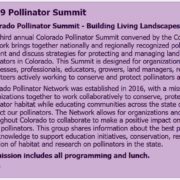
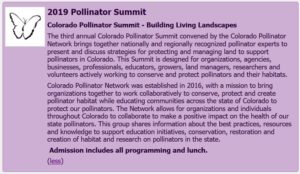

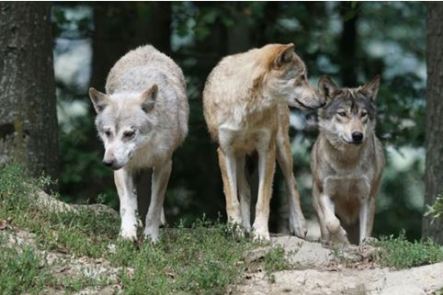 Rachel Martin was helping her class of youngsters understand and appreciate wildlife when they ran across our website and the wildlife articles we’ve posted (
Rachel Martin was helping her class of youngsters understand and appreciate wildlife when they ran across our website and the wildlife articles we’ve posted (


